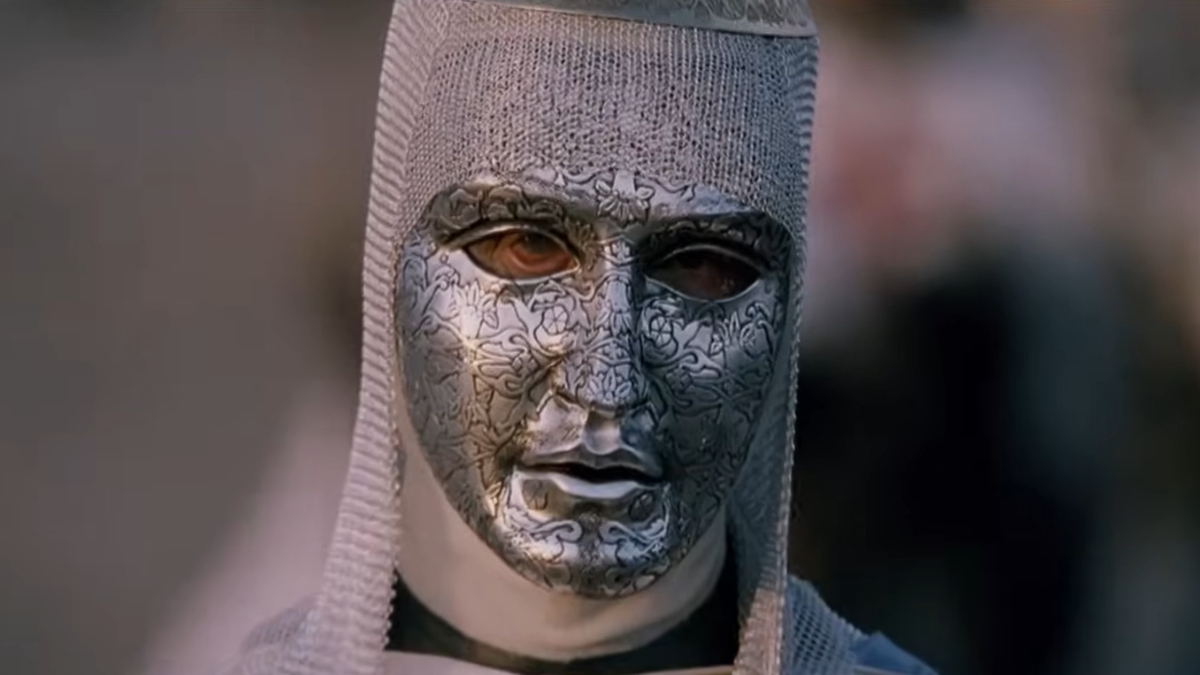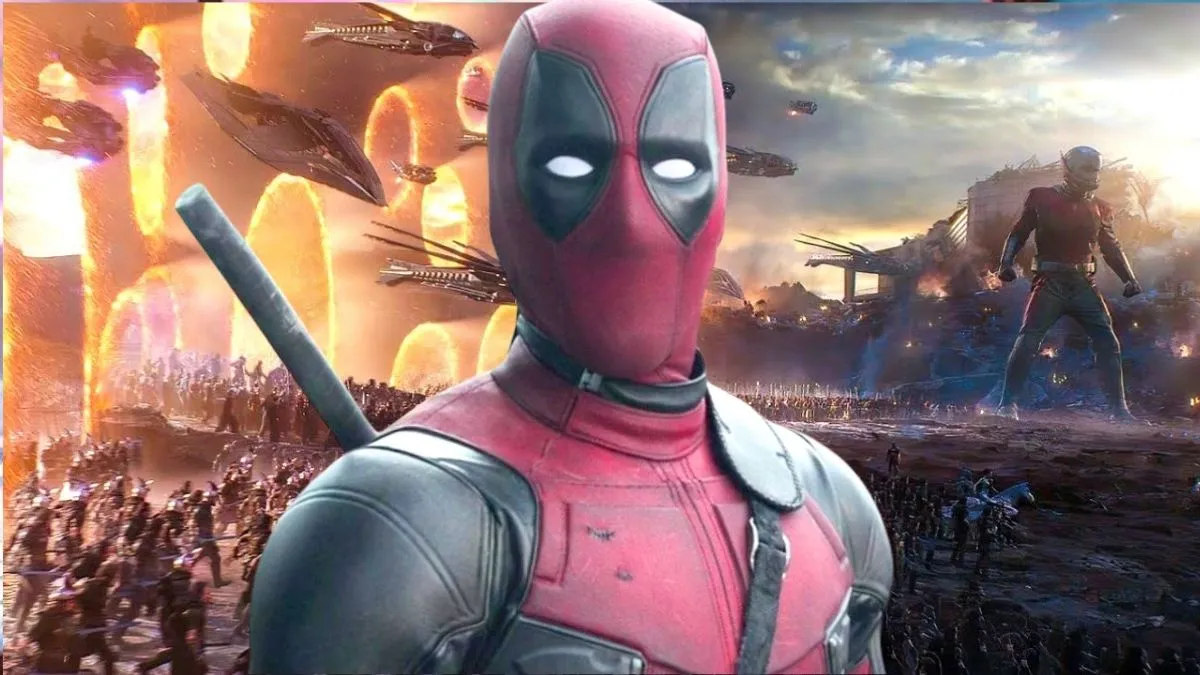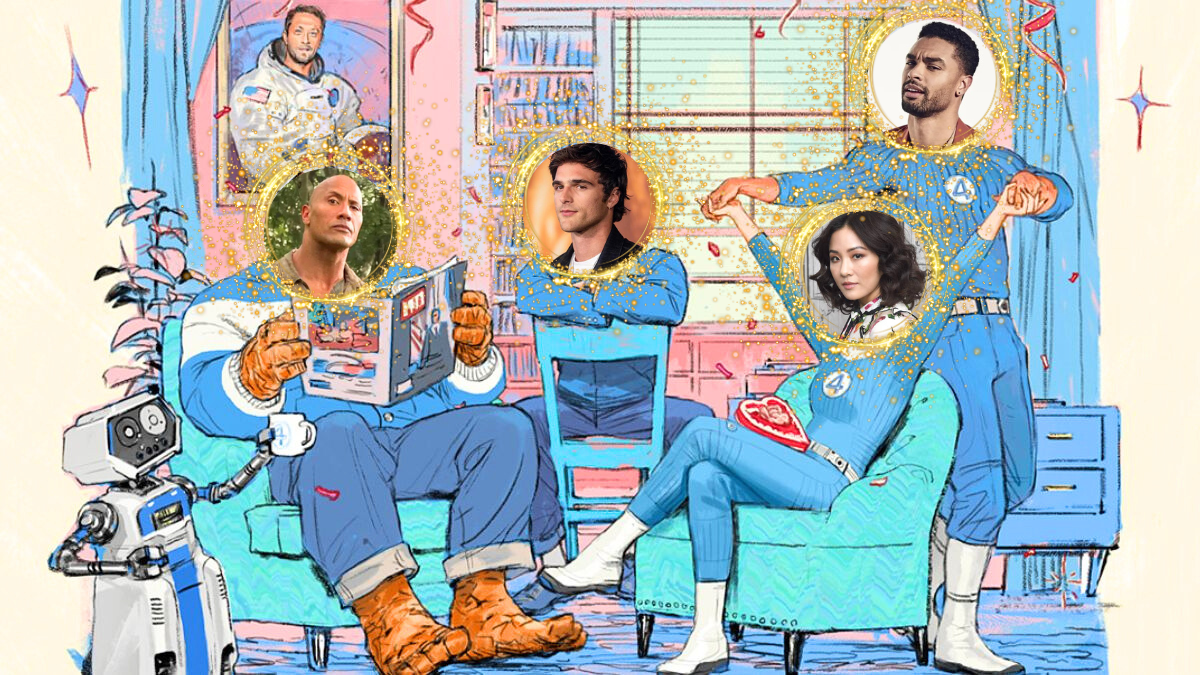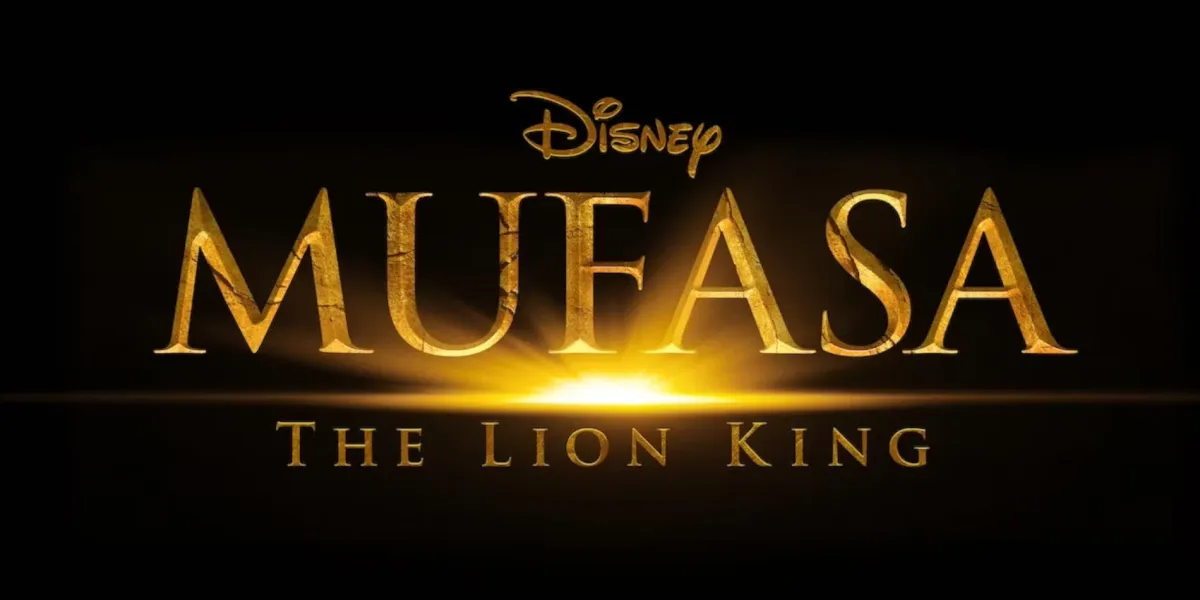The Zone of Interest is one of the most startling movies of the year, and for good reason.
The Jonathan Glazer period drama explores the banality of evil and emphasizes the hard truth that it’s the ordinary among us, not necessarily the monsters, who are capable of unimaginable evil. The film is a bona fide phenomenon, but not necessarily in a good way. It’s not a “feel-good” movie by any stretch; in fact, it might just be the opposite. It’s also mesmerizing and hard to forget, even days after you’ve seen it. Perhaps because of, or in spite of this, it’s become one of the most heavily awarded films of the year.
With renewed attention on Zone following its five 2024 Oscar nominations (for Best Picture, Director, Adapted Screenplay, International Feature Film, and Sound), viewers are naturally curious about its source material.
Was The Zone of Interest a book before it became a film?
The Zone of Interest was originally a novel written by Martin Amis that came out in 2014 and was published by Knopf Doubleday. In The New Yorker, fellow novelist Joyce Carol Oates described the book as a “compendium of epiphanies, appalled asides, anecdotes, and radically condensed history.” It is to the movie what a play is to a symphony: they have similar themes and complement each other, but they are decidedly different in their respective mediums. In essence, you can think of the movie as a companion piece to the novel.
The Zone of Interest movie is a German-language film about the atrocities of the Holocaust, but from the point of view of the perpetrators. It tells the story of the real-life Nazi officer who was in charge of the Auschwitz concentration camp and follows he and his wife living a pseudo idyllic life while the atrocities of the camp occur mere feet away. Christian Friedel stars as Rudolf Höss and Sandra Hüller plays his spouse, Hedwig. If Hüller’s name sounds familiar, that’s because she received a Best Actress nod for another standout film this year, Anatomy of a Fall.
As Friedel told Interview, visiting the site depicted in the film was harrowing, and he felt a personal responsibility to the victims there. “To be a German in this place, with this haircut, with this camera system. It was so intense to have these pictures in your mind, and to know what you are doing and to have to say some horrible lines.” His character Höss was a real-life German commander who lived in a nice house just outside the perimeter of Auschwitz, a place referred to by his fellow Germans as the “Zone of Interest.” Instead of depicting the atrocities on film, the movie focuses on the mundane daily activities of the family.
Director Jonathan Glazer told The Guardian that it’s basically two films in one: there’s the one you see and the one you hear, and the “second is just as important as the first, arguably more so.”
“We already know the imagery of the camps from actual archive footage. There is no need to attempt to recreate it. But I felt that if we could hear it, we could somehow see it in our heads. Even though you don’t ever see the horror, it is by far the most violent film I have ever worked on.”
Instead of relying on plot, the movie is more interested in mood and tone. The main conflict occurs when Höss gets a promotion and his wife gets mad at him because she doesn’t want to leave the house. Meanwhile, hundreds of people are being slaughtered right outside their door.
How does the Zone of Interest movie differ from the novel?
The Zone of Interest novel is actually quite different from the movie in a number of ways. First of all, the story is told completely differently: while the movie is shot almost entirely by hidden cameras to allow for the most realistic portrayal of Rudolf Höss and his family, the novel is told from the perspectives of three different narrators. The book focuses more on a sprawling narrative told through these vantage points and hinges on a lower-level Nazi officer who falls in love with Höss’ wife. The first part of the book is the story of that officer, Thomsen. His arc involves attempting to carry on an illicit affair and dealing with the reality that he’s complicit in the murder of countless Jewish people and other marginalized societies.
The second perspective comes from commander Paul Doll, whose main problem is that he has to figure out how to dispose of more than 100k bodies while mass graves are filling up around him. The dead bodies smell awful and start to poison the local water supply, so he’s tasked with digging up the decomposed bodies and burning them. In the book, he’s almost constantly drunk. He also has to tell new arrivals at the camp that they’ll be cared for, but they have to undress and go into a “shower room” for “delousing.”
This third perspective comes from a Jewish inmate named Szmul who helps murder the Jewish people for the Nazis. His job, along with other turncoats, is to drag bodies out of the gas chambers and search for valuables. They are rewarded with extra rations for their efforts.
The movie essentially takes the book’s theme and runs with it. It’s sparse and never really shows anything barbaric; the most we see is a body part floating through a river while the commander is out having a nice day with his children. The background is punctuated by machine gun fire, screams of fear, and the sounds of industry. When you put all of these pieces together, the film becomes a study of the personal life of someone actively committing atrocities. The scariest part is possibly the fact that it all looks completely normal. It’s that casual banality while surrounded by atrocities that really makes this film a terrifying one to behold.







